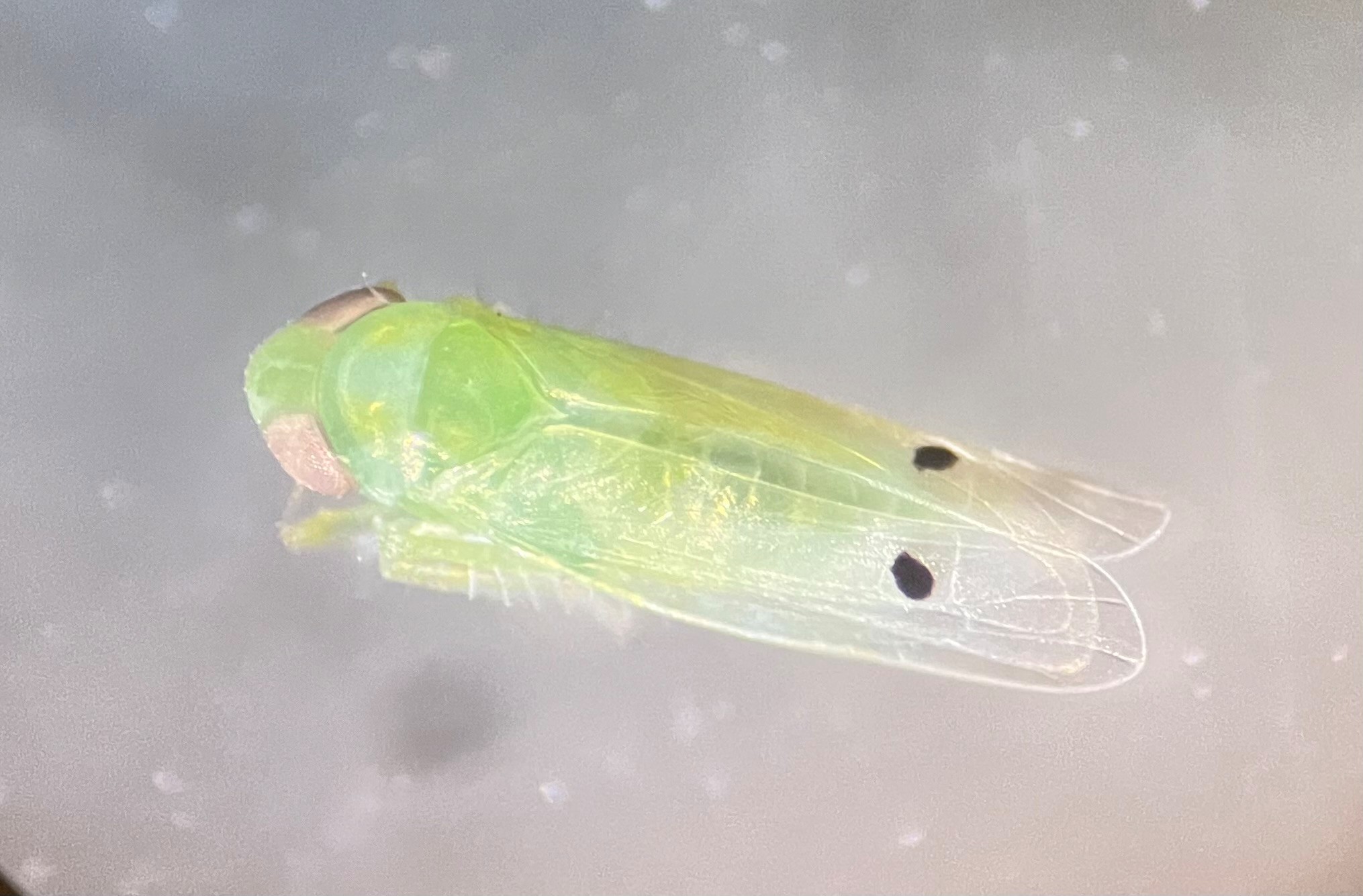By Brad Haire
University of Georgia
For the best tasting and most sellable peanuts, farmers must
harvest their peanuts at the right time. A Georgia scientist has
developed a very simple method farmers can use to know when to
bring in the crop.
Peanuts don’t mature evenly on a plant. If a farmer digs peanuts
too early, he may have few mature peanuts to pick and sell. If
he digs too late, mature peanuts fall off the plant and are
lost.
Mature peanuts are the best peanuts. And the peanut blaster can
help farmers know when their peanuts have reached maturity, says
Jay Williams, an agricultural engineer with the University of
Georgia Extension Service.
“The farmer has a small window of opportunity to get the peanuts
that will bring the best return on his investments,” said
Williams, who mostly studies conservation tillage.
Blaster
The blaster isn’t a single contraption. It’s a set of equipment
guidelines and techniques Williams developed for farmers to
easily use.
It’s just another way of doing the hull-scrape method farmers
have used since the early 1980s to check for maturity. As part
of this method, a thin layer of the peanut hull must be
removed.
In the past, farmers have taken samples of their peanuts to
their county extension agents, who remove the hull layers with a
machine that pounds them with water and glass beads.
But with a few things he probably has around his work shed, a
farmer can do this on his farm.
Wet boots?
Williams recommends a pressure washer, set at about 1,000 psi,
that’s equipped with a turbo nozzle. The turbo nozzle is
essential and can be found for about $50 in most hardware and
home improvement stores. The sample peanuts can be placed in a
wire basket made from quarter-inch hardware cloth.
Then, the farmer blasts the peanuts with the pressure washer
while shaking the wire basket. But before doing this, the farmer
can place the wire basket in a 5-gallon bucket “if he wants to
keep his boots from getting wet,” he said. The bucket should
have a drain to keep water from backing up into the basket.
After the hull layers are removed, peanuts will be different
colors ranging from white to black. The blacker the peanut, the
more mature it is.
A farmer can take the blasted peanuts and place them on a peanut
profile board, available at county extension offices. The board
is color-coded to make it easier to tell the best time to
harvest the most mature peanuts.
The peanut blaster isn’t going to revolutionize peanut
harvesting, Williams said. But it does provide an easy,
timesaving way farmers can perform an important test on their
peanuts.
“This blaster may seem a little too simple, but it works,” he
said.
Several county extension service agents in several states have
used the blaster method. They agree.
Peanut harvest has two steps: First, the farmer digs the peanut
plants out of the ground, turning them on the surface to dry in
the sun. After two to three days of drying in the field, the
peanuts are then picked from the plant, dumped in a wagon and
taken to be sold.
Farmers usually begin testing peanut maturity in mid-August.



